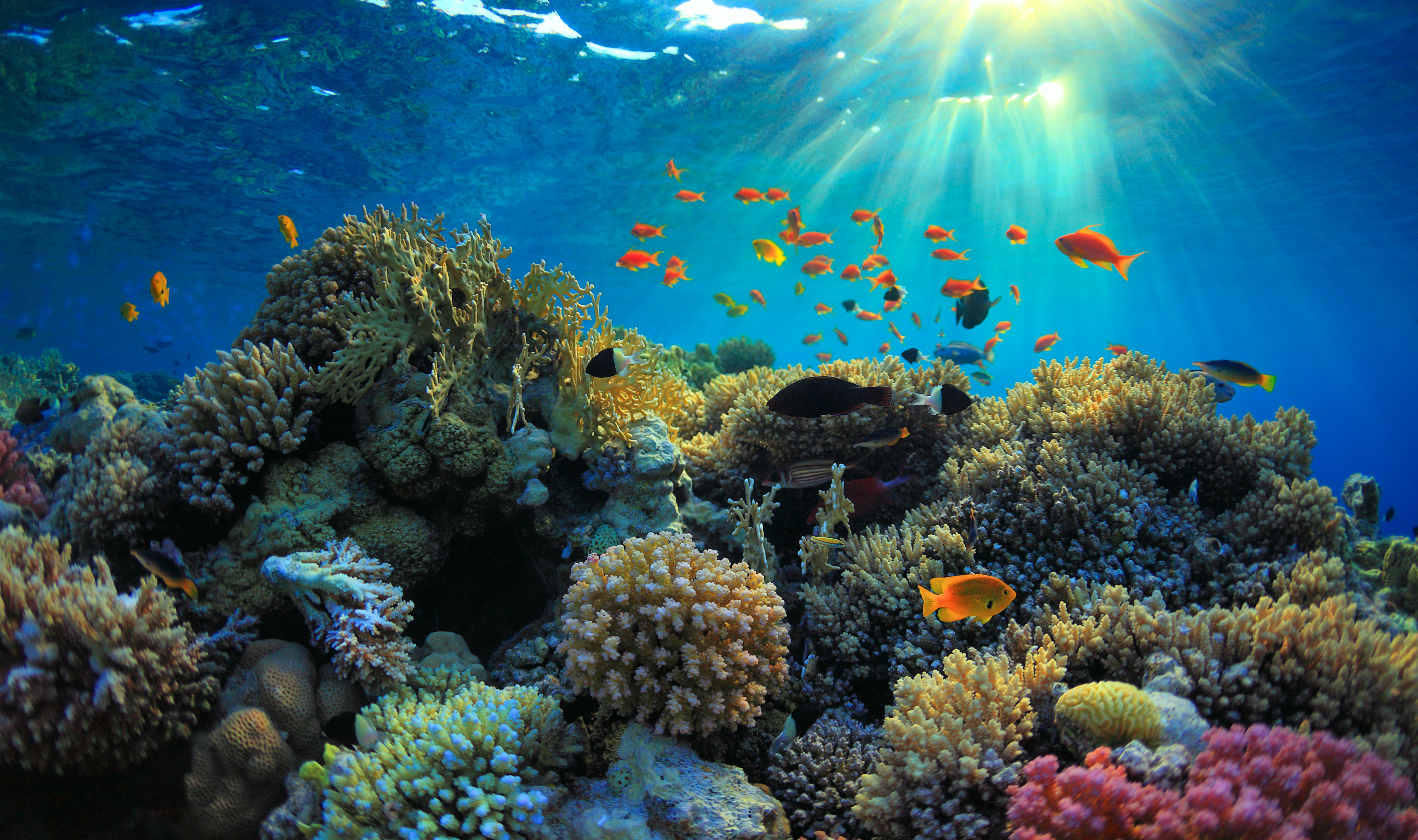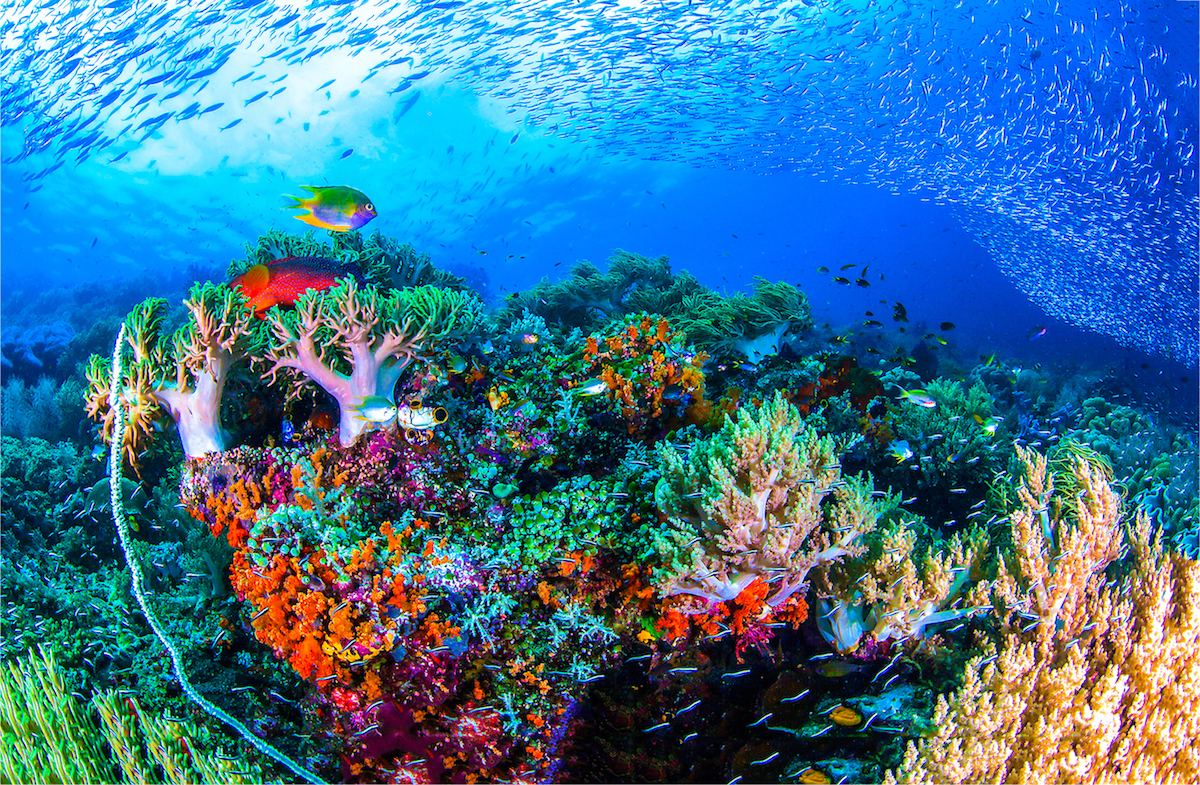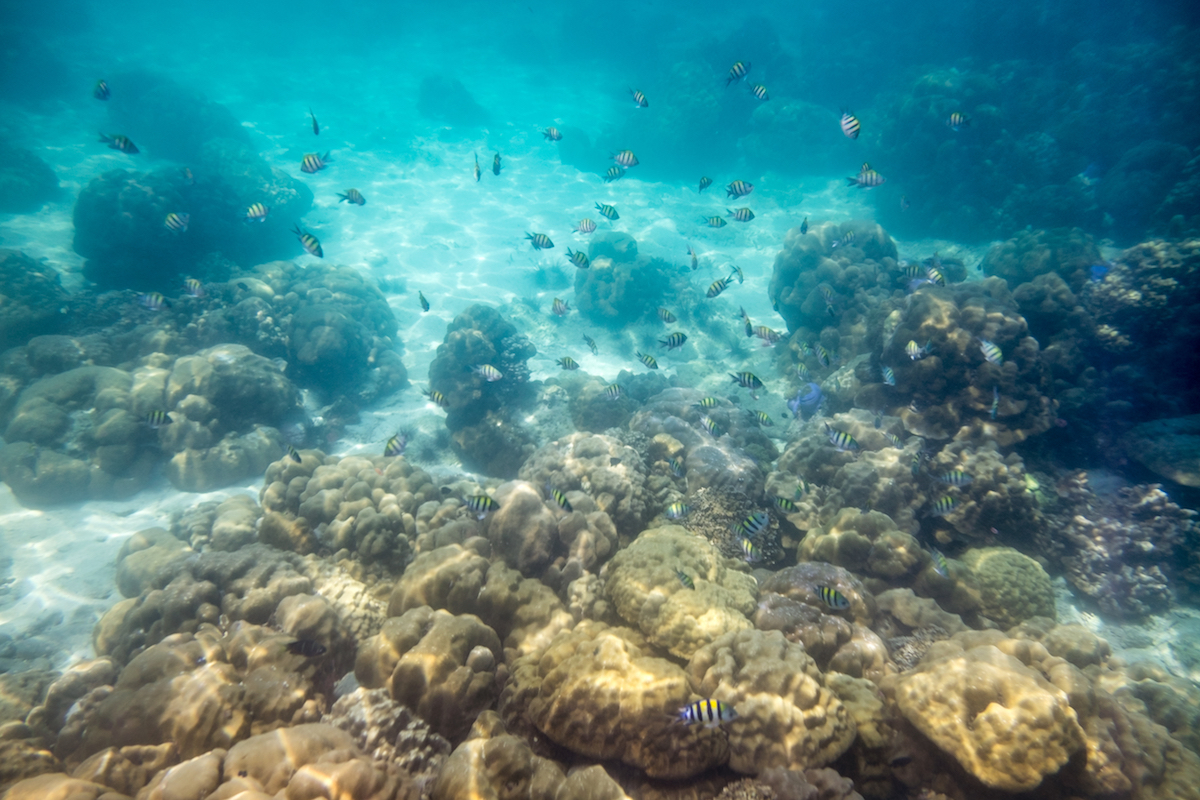The biodiversity of coral reefs: a conversation with Professor Catherine McFadden

Catherine McFadden, a professor of biology at Harvey Mudd College, spoke on coral reef biodiversity during a recent Enrichment in the Fall interview on campus. Image courtesy of Shutterstock.
-By Tanya Petersen, KAUST News
Corals are often known as "the rainforests of the sea," and the reefs they form are some of the most biodiverse ecosystems on earth. Yet incredibly, only around 10 percent of coral reef species have been described by science. Just how diverse reefs are has only recently become clear as new technologies and research tools allow for a new understanding of the corals of the world's oceans.
Dr. Catherine McFadden, a professor of biology at Harvey Mudd College in Claremont, California, U.S., has been working on octocorals in the Red Sea—a fascinating group of animals that are softer and more flexible than hard or stony corals. McFadden's research has been breaking down traditionally held views that Red Sea coral species are closely related to similar looking species in the Indo-Pacific. In fact, her research suggests that many coral species of the Red Sea are unique and found nowhere else on Earth. McFadden discussed her research work as part of the University's recent Enrichment in the Fall program, which featured the theme of "Marine Biodiversity."
"Over the last three decades or so, we've been able to look at organisms genetically—actually look at their DNA and the genes that they carry—and we realize that our understanding of different species based on what they look like is flawed. So, we have cases where what we thought was one species—very common and widespread upon coral reefs throughout the Indo-Pacific—might be four or five different species all living in different areas," she explained.
McFadden has also found the reverse to be true. Genetics has revealed that, in some cases, corals thought to be different species due to different appearances are actually the same species with differences caused by environmental influences such as storm events, sedimentation or life cycle variations.

Coral reefs like the one pictured here feature life forms that are 90 percent undescribed or uncategorized, explained Professor Catherine McFadden during a recent Enrichment in the Fall interview at KAUST. Image courtesy of Shutterstock.
A further research challenge is the physical structure of reefs. A lack of access to the interior of many coral reefs means that more than 90 percent of life on reefs remains undescribed or uncategorized. McFadden refers to this as the "species problem."
"Our understanding of coral species and how we tell these apart is very flawed, and this has implications for future conservation efforts around coral bleaching events and other climate change impacts," she said. "If what's here [in the Red Sea], for example, is a unique species and genetically quite different from what is elsewhere, then it may not be true that we could take corals that are well-adapted here somewhere else. They may not survive or thrive or adapt to that different environment."
Despite these challenges, McFadden noted that real advances in the understanding of differences in coral species are assisting in their classification.
"Thirty years ago, the ability to sequence a gene and look at the actual DNA became easy and cheap enough to start applying it to studies of biodiversity, and for the first time we started to realize that things that look alike are actually pretty different when you look at the sequence of a gene—let alone the entire genome of an organism as we can today," she explained. "In addition, technological advances in imaging, such as very high-powered microscopy like CT scanning, have been applied, so it's now cheap and easy for biologists to distinguish differences between species."

Catherine McFadden, a professor of biology in the U.S., outlined some of her work on octocorals in the Red Sea during her recent Enrichment in the Fall interview on campus. Image courtesy of Shutterstock.
Ultimately, McFadden's objective is to really understand what is happening on the reef.
Related stories:
- The world's living oceans
-
Documenting the 'dodos' of tomorrow
-
Getting to know 'Jaws'
-
Diving into unchartered waters of the 'twilight zone'

